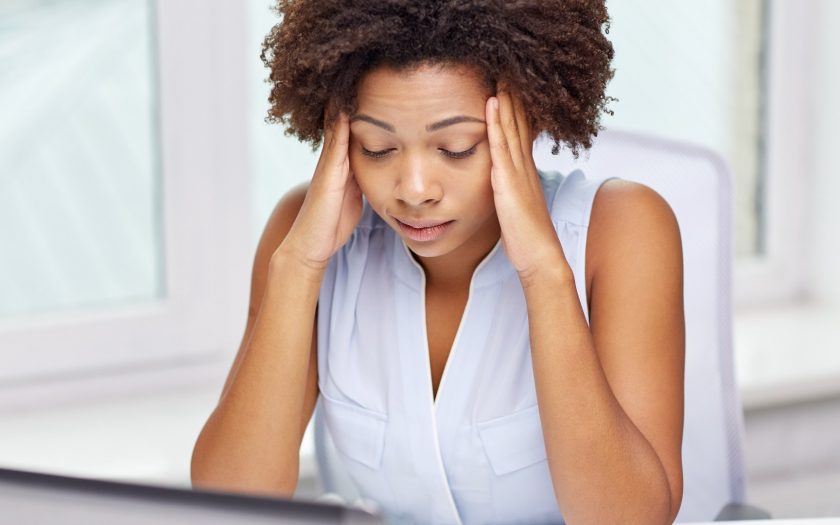Migraine attacks suffer both men and women. The pain is so intense and painful that each of those who felt it once in a lifetime is interested in the way to get rid of it once and for all.
The prevalence of migraines varies between 25 percent in women and up to 10 percent in men. For the first time migraine is usually seen at the age from 10 to 20 years. Up to 35 – 45 years the frequency and intensity of migraine attacks reach a maximum, and after 55 years in most patients the migraine is stopped. In 60 – 70 percent of patients the disease has a hereditary nature.
Migraine symptoms
Migraine is a chronic disease that manifests itself in episodic attacks of headache. But this is a special headache that allows you to distinguish this type of pain among others.
When a typical migraine attack develops, it passes through the following stages:
- A prodromal period in 50 percent of patients, accompanied by irritability, decreased mood, unusual eating habits, a sense of “burst of internal energy”; this period may appear a few hours before the attack.
- The stage of the pain lasts more than 4 hours without treatment or with ineffective treatment. This is a heavy pain of high intensity on one side of the head, more often in the forehead, eyes, and temples. A feature is the obligatory alternation of the sides of the pain, it pulsates or presses increases with movements. A migraine attack is often accompanied by concomitant symptoms: nausea, lack of appetite, high sensitivity to light, sounds, and odors.
- The stage of completion. This stage is coming when the headache subsides, but there is maybe a sense of fatigue, irritability, difficulty concentrating attention. It may take the next day after the attack. This is the last stage after that the patient is completely restored.
Thus, the duration of a migraine attack can be up to several days.
Factors that provoke migraine attacks
There are such factors that do not cause but provoke the development of migraine attack. These include:
- Alcohol (especially sweet drinks – red wine, champagne)
- Seasoned cheeses
- Chocolate
- refusal or abuse of coffee
- dehydration
- Delayed or missed meal.
- Sleep Disorders. Change in sleep mode, both a disadvantage and an excess.
- Physical overload
Treatment of migraine
Migraine is not just a headache, but a serious neurological disorder. It needs to be treated. Patients with migraine are twice as likely to have a myocardial infarction and three times – a cerebral circulation disorder. A person suffering from frequent migraine attacks should review his lifestyle. Any headache should be timely and adequately cut out with medications prescribed by a doctor (for example Suminat – Sumatriptan Succinate). Absolutely incorrect is the frequent use of analgesics, while it does not matter what the drugs are: citramon, paracetamol or pentalgin. With such abuse of analgesics, attacks of any headache become more frequent, and the migraine becomes chronic.

